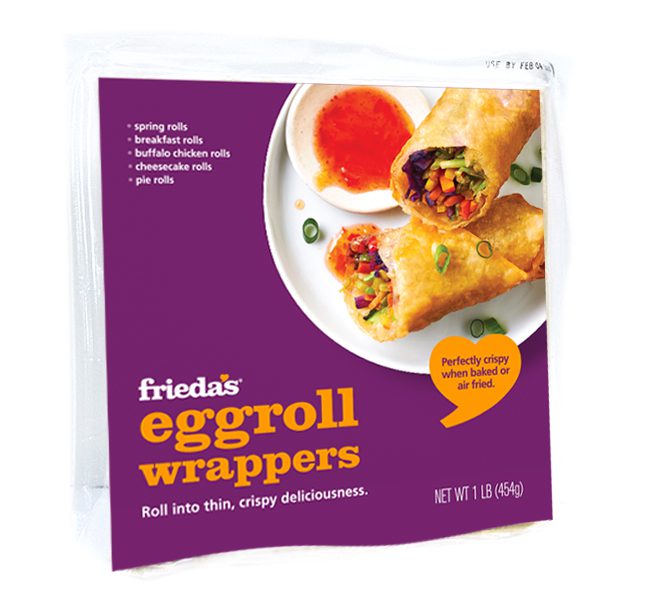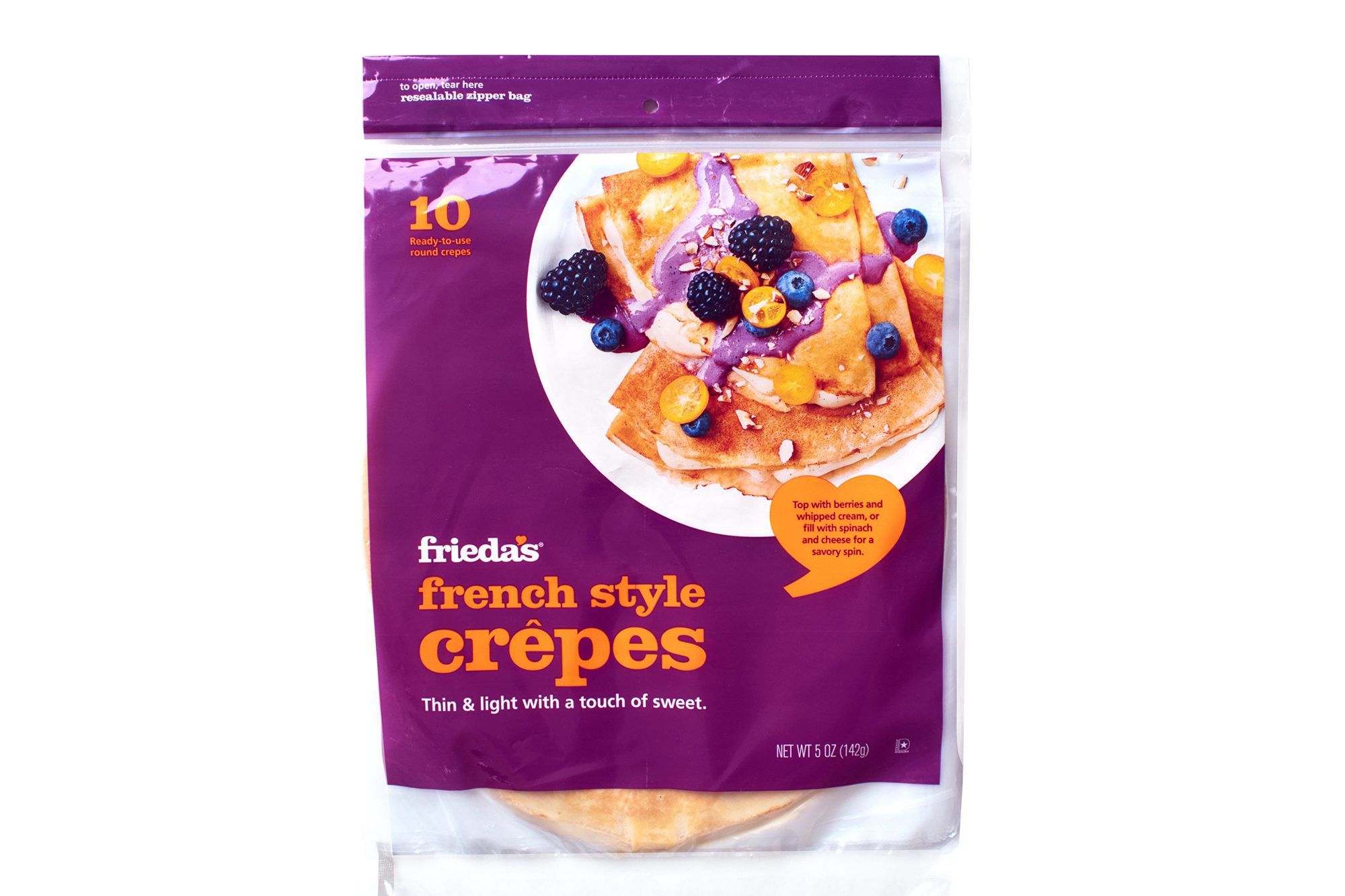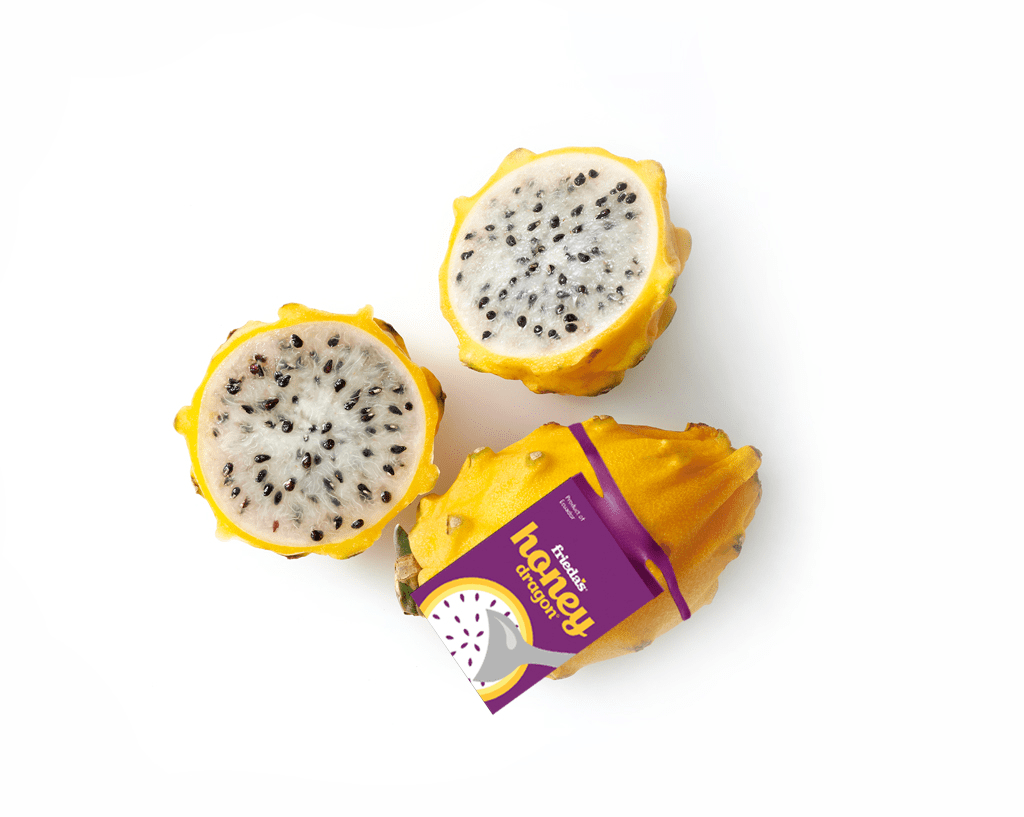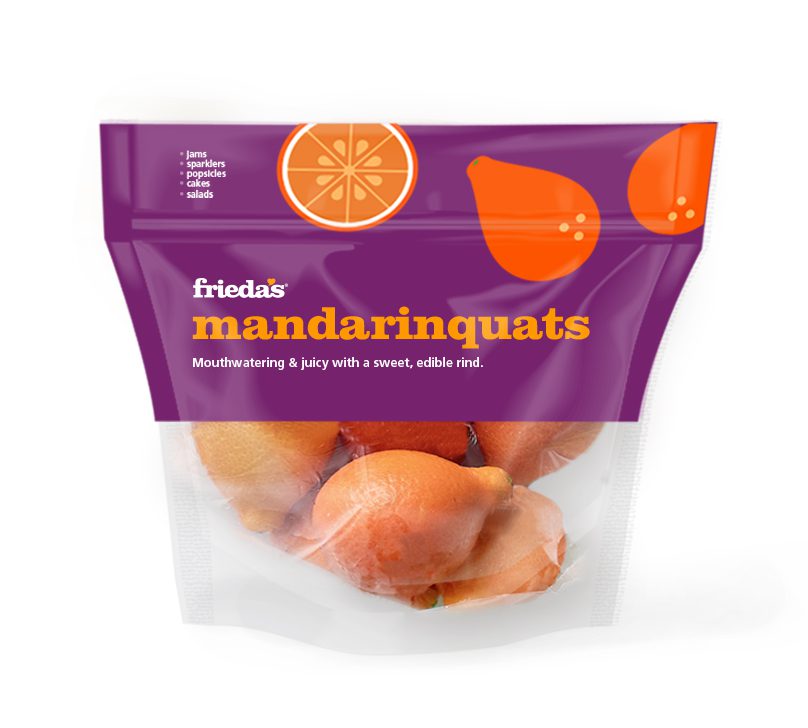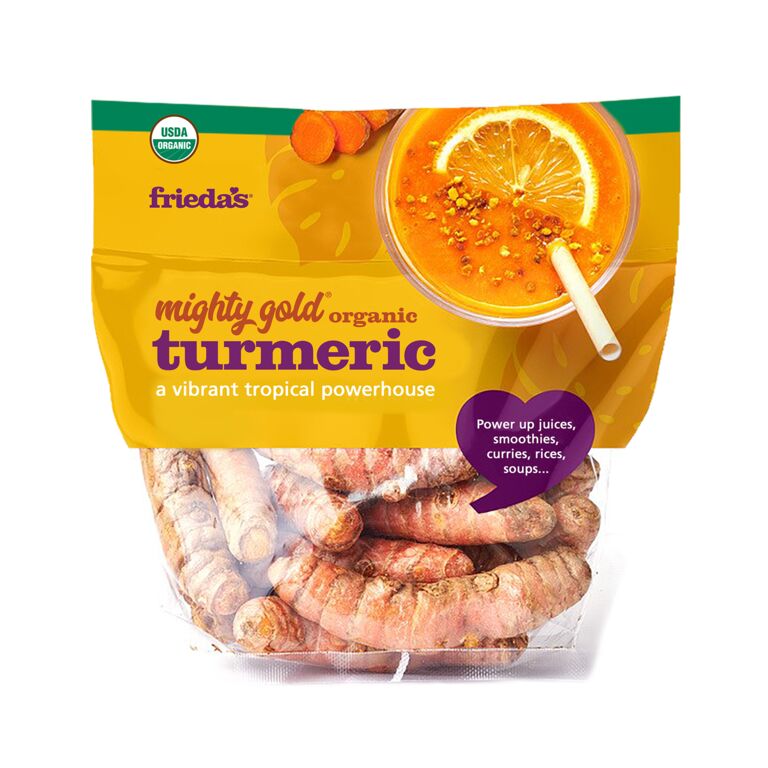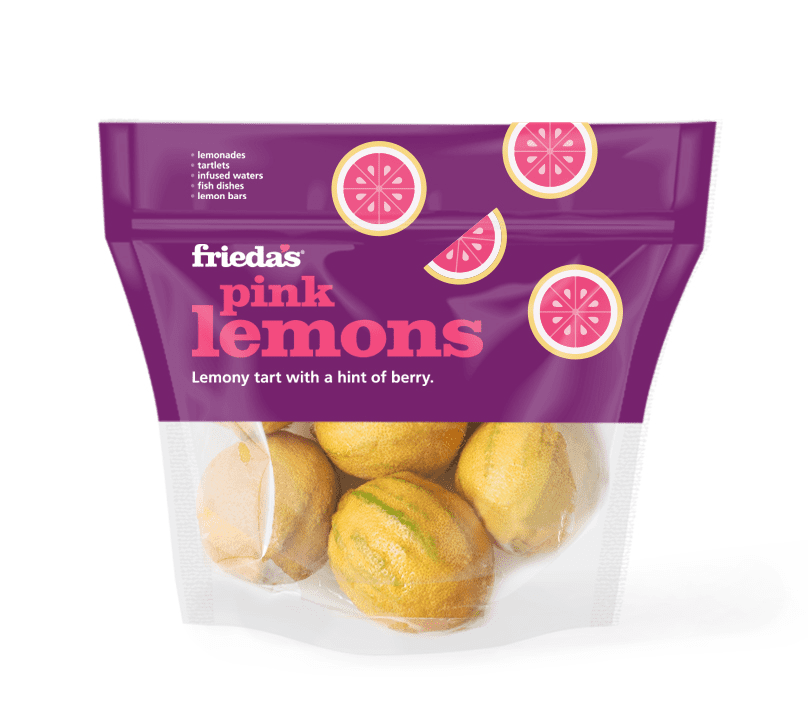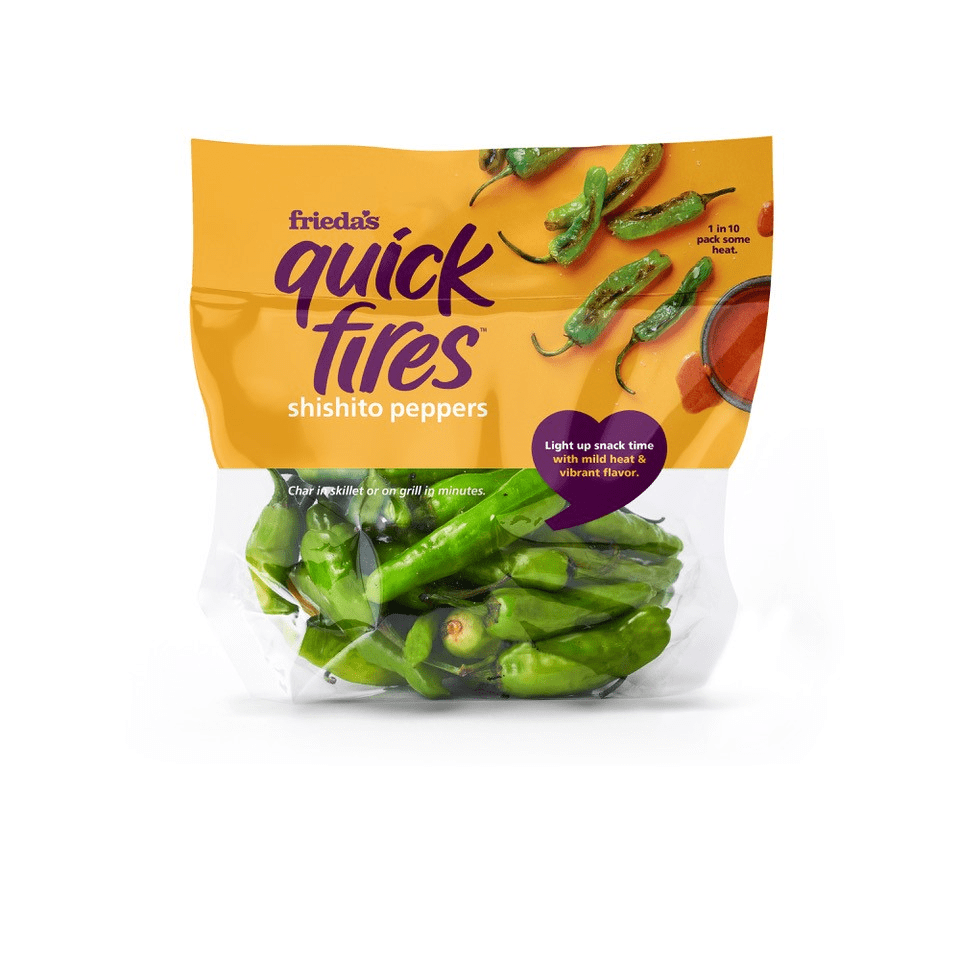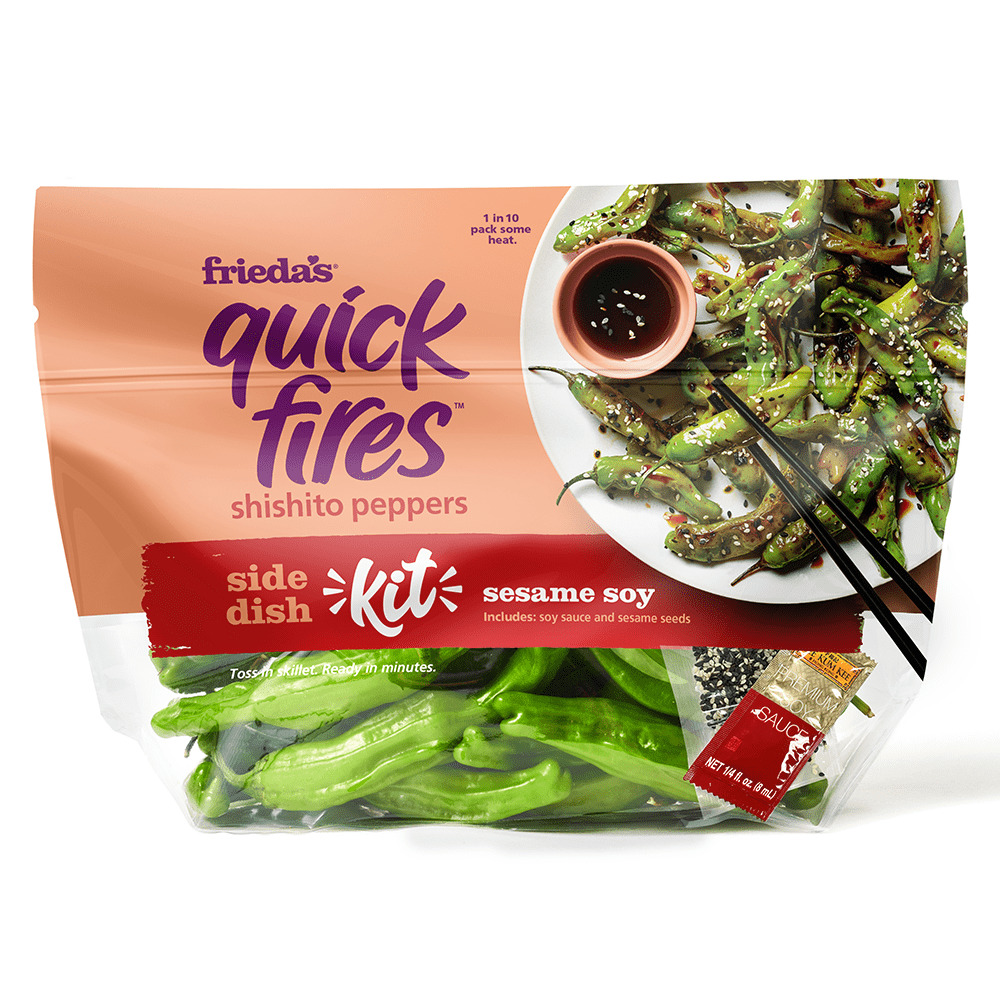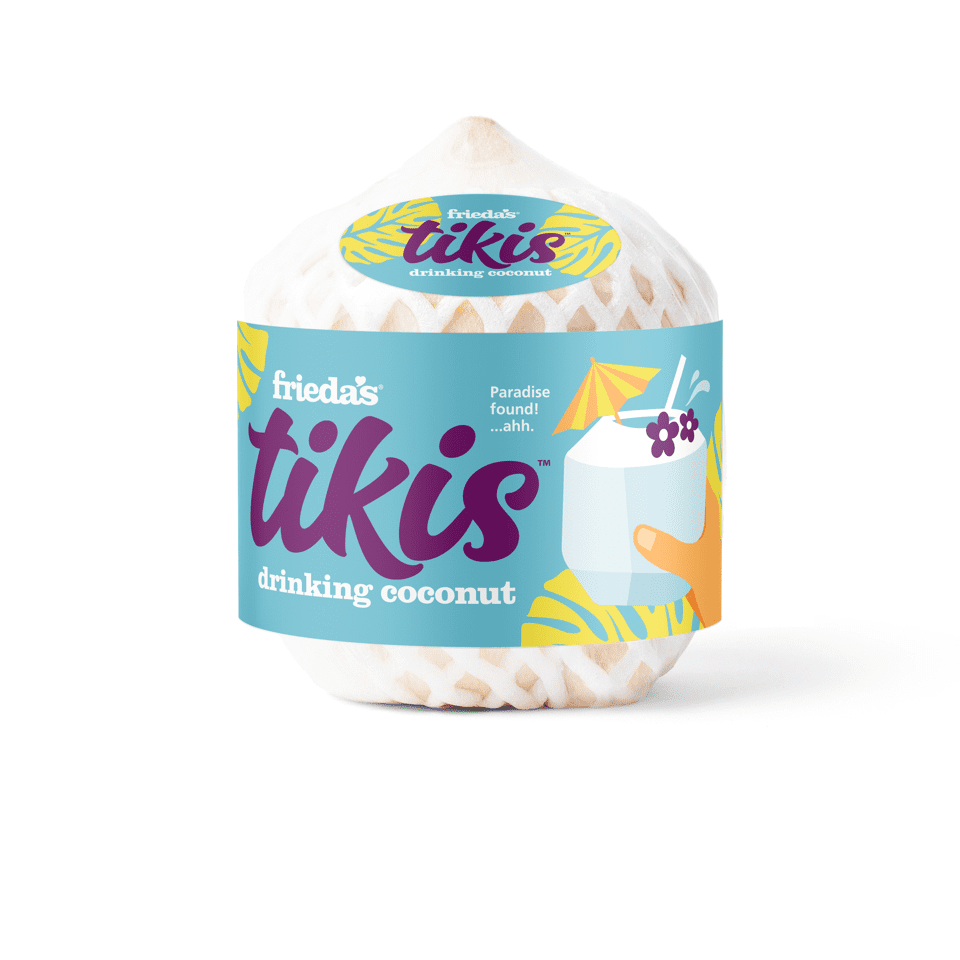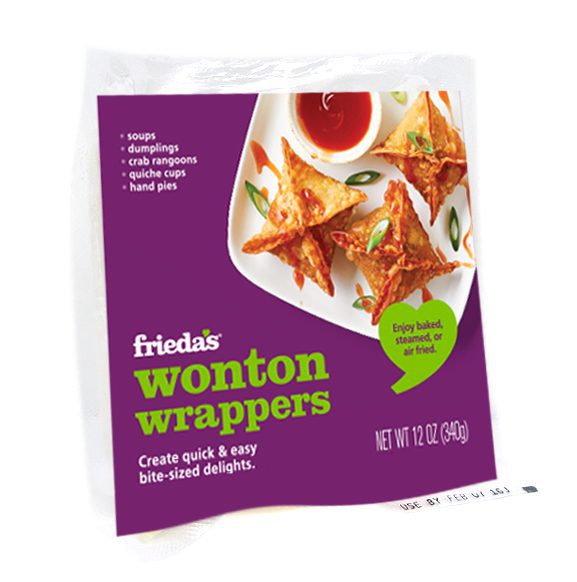Last week, I spent much of my time in New York City attending one of our industry’s premier trade shows: The New York Produce Show.
This show is different from most others I attend: the first day is a Global Trade Seminar; the second day is the trade show, complete with exhibit booths and a breakfast; and the third day is a Foodservice Forum, featuring famous chefs and thought leaders in the culinary world. Lots of industry and non-industry people were talking about trends, sandwiched around a day of looking at products and networking.
It was the morning of the Global Trade Seminar that I got my first big insight.
Industry consultant Dawn Gray, my longtime friend, talked about transparency in business. She was addressing an audience made up mostly of foreign Growers who want to do business in the U.S. and U.S. Growers who want to export around the world.
She talked about the reality of transparency: no more keeping the names of your sources of supply a secret because we now need to provide detailed information to food safety and traceability programs. It’s not hard to find anything or anyone, thanks to the Internet. She talked about the new reality of sharing all information. This is a shocker to most produce traders because way back before the fax machine, digital photographs and the Internet, sources of supply and customer names were proprietary.
Dawn also talked a bit about the role of social media in educating people, and there was some discussion about the Arab Spring and instant communication. New apps are developed every day and fuel the need for transparency.
What came first? Did social media come first and explode because people wanted transparency in their lives, knowing the how, the why, and the what? Or did the drive to transparency come first, and, because of that, social media started to grow? Those were the questions to ponder.
My second insight came on Wednesday morning when I was asked to speak at the media luncheon on the floor of the New York Produce Show. That insight was about personal connections.
There were two speakers that morning besides me.
First was chef and cookbook author Maricel Presilla, who is originally from Cuba. Maricel spoke about the most important and flavorful ingredients in Latin and Central American cooking. But before she spoke, we smiled at each other and embraced like old friends.
I reminded Maricel that we met back in 1992 when I took a class at the Smithsonian called “Lost Crops of the Incas,” where Maricel was a guest lecturer. More than 20 years later, she is still looking for some of her favorite ingredients like Arracacha, Epazote, and Oca. This past year, her cookbook “Gran Cocina Latina” won the 2013 James Beard Foundation Cookbook of the Year! We agreed that we need to work together to offer these amazing, and sometimes rare, ingredients.
With Maricel PrescillaBased on that “Lost Crops of the Incas” seminar, in 1996, our company launched a line of Native American foods called “Lost Crops of the Americas.” We were decades ahead of our time, offering commercially for the first time items such as Purple Potatoes, Oca, Quinoa, and a line of heirloom dried beans, amongst many other items.
I went to New York to talk with the food media about this “Lost Crops” line, and one of the people I met and had lunch with then has become one of my personal lifelong idols, Florence Fabricant, now the dining section critic for the New York Times.
So it was a surprise and an absolute delight that Florence was also a speaker at the New York Produce Show media luncheon.
With Florence FabricantWhen I came up to personally say hello to Florence after her presentation, we hugged. Then she whispered to me to send her regards to my mother. We talked about some of Frieda’s first introductions, including the Sunchoke®, one of the products we included in our “Lost Crops” line.
I could not believe the coincidence of seeing these two women, who had so influenced me and our company. And in one place. Twenty years later.
So, as I was finishing my remarks to the attendees at this luncheon, I mentioned to them the importance of personal connections. Before the age of email, Facetime® and YouTube, many of us were making connections, exchanging business cards, sending personal thank you notes, and sharing recipes and stories.
Food is such a great way to stay connected, don’t you think?
Happy Holidays!
Karen


